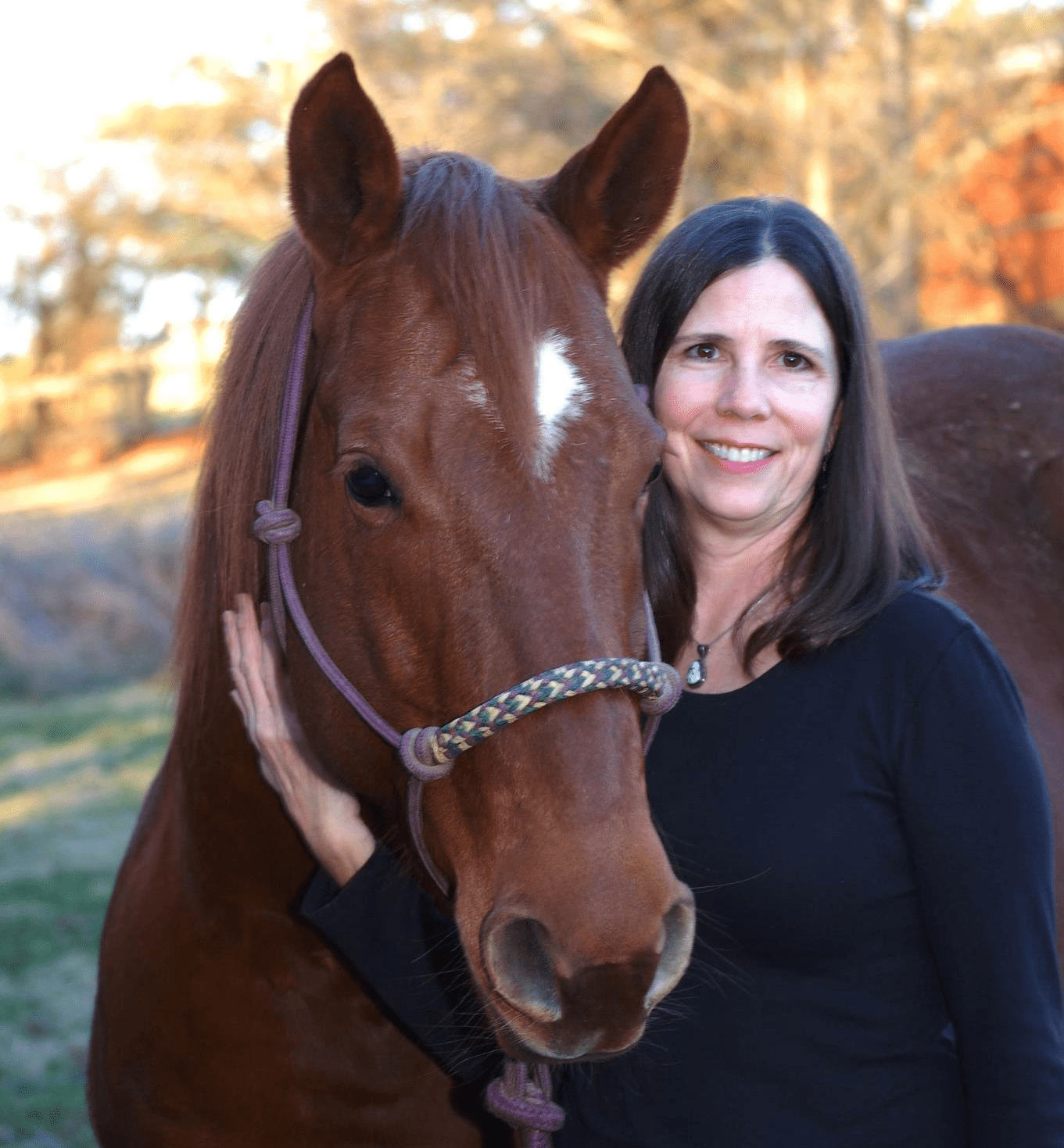A Better Way?
We’ve had bad news following bad news lately with the loss of some of the top horses in equestrian
We’ve had bad news following bad news lately with the loss of some of the top horses in equestrian sports. The only silver lining to emerge in this dark storm of fatal injuries in Thoroughbred racing and eventing is that these incidents have heightened awareness throughout the equestrian world, and it takes that spotlight shining on a problem for a solution to be found. That’s not because no one cared before, but it takes money to do research, and research is how we will develop equine sports with fewer catastrophic injuries. But not all the recent losses came during competitions; a freak barn accident took the life of the beloved event pony Theodore O’Connor. Anyone who rides knows horses can spook and run off like Teddy did. It is the nature of the beast to flee when scared by something real or imagined. But with horses who suffer injuries at the prime of their athletic careers, there has to be a better way to protect them. That way (or maybe ways) will be found through research.
We asked veterinarian and freelance writer Stacey Oke, DVM, MSc, to delve into the topic of catastrophic injuries for this month’s cover story (page 26). She interviewed top researchers and veterinarians, specifically those working with Thoroughbred racehorses.
Among topics she covers are the rates of catastrophic injuries in racehorses based on research from around the world. We also asked her for updates on research that could help us protect horses from injury.
A point some of her sources made is that Thoroughbreds have, perhaps, been bred for traits that don’t include the ability to withstand catastrophic injury
Create a free account with TheHorse.com to view this content.
TheHorse.com is home to thousands of free articles about horse health care. In order to access some of our exclusive free content, you must be signed into TheHorse.com.
Start your free account today!
Already have an account?
and continue reading.

Related Articles
Stay on top of the most recent Horse Health news with

















